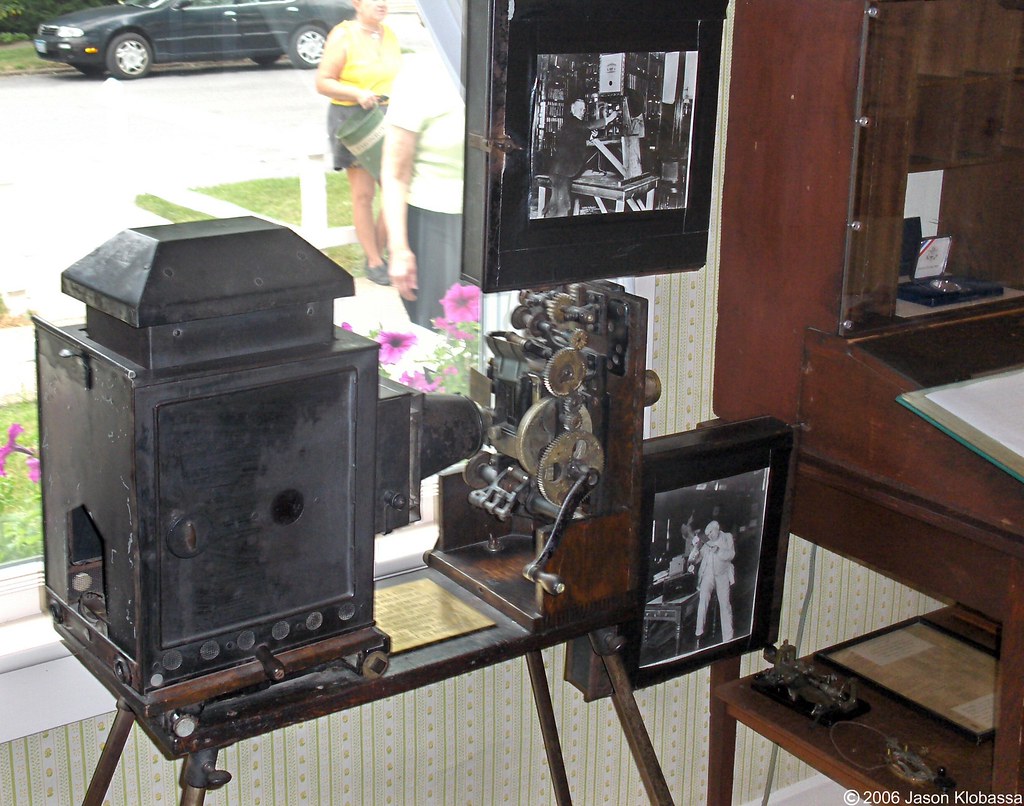In patent law, there is a type of trial proceeding called Inter Partes Review (“IPR”). These are proceedings filed with the US Patent & Trademark Office and are conducted before the Patent Trial and Appeal Board (“PTAB”). The purpose of an IPR is to challenge an existing patent, or more specifically, to challenge one or more claims made in a patent based on statutory grounds found in §§102 or 103 of the Patent Act and only based on prior art consisting of patents or printed publications.
Any person (other than the patent owner) who has not previously filed a civil action challenging the validity of the patent claim or claims may seek an IPR. In terms of timing, an IPR proceeding may be brought at any time after:
- Nine months after the grant of a patent or
- After the date of termination of any post-grant review of the patent
An IPR is similar to other trial proceedings. An original “complaint” — petition — is filed with the Patent Office and the owner of the patent has an opportunity to respond in writing. Certain pleading and legal standards must be met for an IPR petition to proceed. For example, the petition must identify specifically all patent claims being challenged, all grounds on which the challenge to each claim is based and provide copies of evidence relied upon.
An IPR is statutorily required to be completed within one year of filing (with a possible six-month extension for good cause). The PTAB issues a written decision which can be appealed to the federal courts.
For the most part, IPR proceedings are conducted via documentary submissions with limited “motion practice” and limited discovery. For example, depositions of witnesses are typically limited to those persons submitting affidavits or declarations in support or opposition to the IPR. The parties can — and generally do — request oral hearings before the PTAB but the hearings are more limited than a traditional “trial” that one might envision.
There are many legal advantages of filing an IPR. For example — and this is common — if you are sued by a patent owner for a claim of patent infringement, one option is to immediately seek an IPR challenging one or more of the patent claims. An IPR must be filed within one year of the filing of the infringement litigation. Typically, federal judges will stay their court proceedings while the IPR is conducted. An IPR is advantageous since it is generally less expensive than federal court litigation and is often much quicker. Success with an IPR will generally bring an end to infringement litigation. Also, an IPR is legally advantageous since the standard of proof is lower in IPR proceedings — preponderance of the evidence. In federal court, the standard of proof for invalidating a patent claim is clear and convincing. However, as noted, an IPR challenge is limited in scope. Another advantage is that IPR proceedings are conducted before officials with the highest level of experience in dealing with patents and issues of patentability. On the other hand, if you lose, you are legally precluded from re-litigating the invalidity of the patent claims in federal court (at least on the legal grounds permitted for an IPR). The same advantages apply if you own a similar invention and want to file a preemptive IPR to avoid infringement litigation.
Contact Revision Legal
For more information or if you have an invention or design that you want to patent, contact the patent lawyers at Revision Legal at 231-714-0100.
